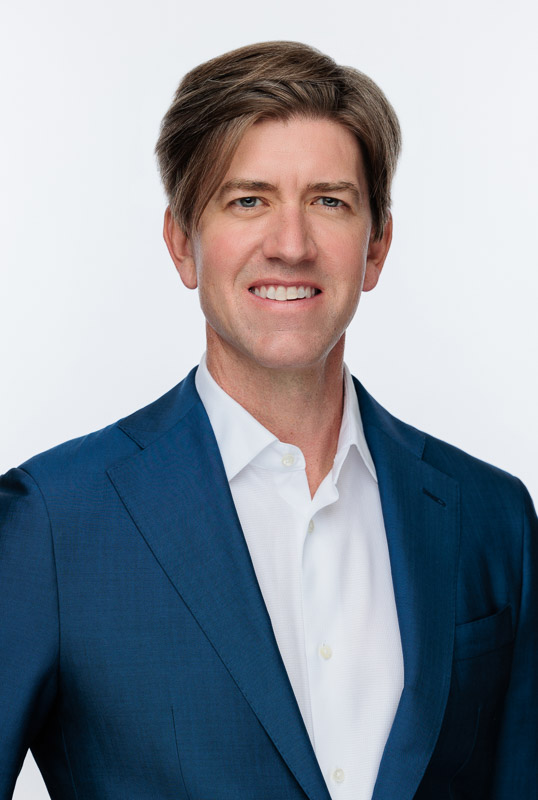People worldwide are living longer, increasing the demand for remote monitoring, and ultimately changing the way we approach data storage. Remote monitoring creates unprecedented data volume by combining data collection with access to computing technologies like smartphones and other personal devices. With Big data’s real-time delivery of information, enhanced capabilities of data storage, and rapid computation, consumption of data has grown exponentially. Big Data has certainly influenced the healthcare industry accompanied by its benefits, potential pitfalls, and its projected impact on the future of healthcare.
Big data is widely defined and characterized by volume (great volume), velocity (rapid generation), variety (various modalities), and value of data.
This indicates the most critical problem in big data, which is how to rapidly discover values from datasets on a massive scale with varying data types. To achieve that, skilled professionals need to use the most appropriate tools to acquire, organize and extract value from data to identify new insights. For healthcare, this means enhanced efficiency of diagnosis, real-time monitoring, and more widespread availability of results in digital form. Further, with deeper insights, we will shift to a more proactive approach to health and medicine, driven by predictive health analysis.
Smart devices and wearables play a vital role in the proactive approach to healthcare, but they are not all made equal. Some devices, like smartwatches, transmit periodically or only when used. The data captured from such devices is used for lifestyle management but is not very useful for hackers to pursue. For this reason, wearables tend to have very few or no data security features and use Bluetooth or Wi-Fi connections to transmit data. Moreover, data is inevitably interrupted since those devices have poor battery lives, short life spans, and UX issues. However, as their capabilities expand, such data will become more prone to getting tracked and misused.
Most smart devices are threshold-based meaning they are continuously collecting data but only offload when a trigger occurs. They truncate the vast majority of data and only store and offload data summaries and trigger notifications to be tracked later.
This drives engagement because it allows the user to monitor their progress by setting personal goals and reminders based on their desired level of activity. For example, many wearables provide alerts on when to eat, drink water, stand or walk. Those alerts act as great encouragement and motivation and feed into this proactive approach to healthcare that we speak about.
Then, we have the holy grail of devices that constantly record, analyze, and store everything. Here you have a ton of data being captured and stored in real-time. Compared to those, data from these devices are first encrypted to ensure confidentiality. Second, data is anonymized to preserve patient privacy; and third, compressed to improve performance and efficiency of data acquisition. In addition, with 24/7 monitoring, communication channels need to be maintained as much as possible; hence why these higher-grade devices tend to have more extended battery life, be more personalized and more user-friendly.
Take our very own Bioflux® and Bioheart for example. What we did was really focus on secured connectivity and device authentication. Bioflux is a smart medical device for cardiac diagnostics that transmits data in real-time for action, so that means we must focus on instantaneous communication, real-time connectivity, and data access, hence trying to do things in nanoseconds as opposed to minutes.
Bioheart is consumer-grade, with advanced data collection features and personalized analytics. Data encryption and compression are a big deal for both these products as there is a lot of data and it has to be encrypted, compressed and stored rapidly. Since the flip side of size is speed, the uploading time is slow, an area we continuously optimize.
In spite of the challenges in velocity and timeliness, it’s important that data is analyzed to support making life-altering decisions based on guesswork. Data analysis is the final and most important phase since it provides all the value and insights needed for the way forward in healthcare. We heavily rely on data analytics to guide our decisions in improving services and product features and developing new ones. It plays an important role in helping us understand customer needs and demands – they speak, we listen. Without data analytics, sound predictions on patient trends would not be possible and would stifle the opportunity to significantly improve patient outcomes.
Looking ahead, we continue to use the best data storage technologies available and the brightest minds to manage and analyze data. Our goal is to transform healthcare by obtaining value from our data and expand our competitive advantage in the market. Communication networks today enable high-speed transmission of storage-intensive data. E-health networks now allow for sharing and merging of high-resolution images, like CT scans and MRIs, between stakeholders. We can rest assured that the technology will only get faster, that the pictures from smartphones will only improve in quality, and that data storage technologies will only yield even more valuable insights.
The healthcare sector simply cannot blossom without data – data that is well protected, stored, and analyzed. Smart devices capture and transmit data in different ways and have many setbacks and perks which we can appreciate. But more importantly, we should ensure continuous improvement to mitigate against slow transmission times. Luckily for healthcare, technology is improving by the day which improves communication and data storage capacities. Our own products and services rely heavily on data privacy, storage, transmission, and analytics. Evolving with the technology will aid in improving services and increasing market share. Ultimately, a deep appreciation for data will help us make more insightful decisions, develop better healthcare technologies, and positively impact the future of healthcare.
Editor’s Note: Dr. Waqaas Al-Siddiq DBA, the founder of Biotricity, is a serial entrepreneur, a former investment advisor, and an expert in wireless communication technology. He has designed digital, analog, embedded, and micro-electro-mechanical products. As CEO of Biotricity, a medical diagnostic and consumer healthcare technology company, he has guided the company through every stage of bringing its biometric remote monitoring solutions to market.
References:
Oguntimilehin, A., & Ademola, E. O. (2014). A review of big data management, benefits and challenges. A Review of Big Data Management, Benefits and Challenges, 5(6), 1-7.
Jaseena, K. U., & Kovoor, B. C. (2018). A SURVEY ON DEEP LEARNING TECHNIQUES FOR BIG DATA IN BIOMETRICS. International Journal of Advanced Research in Computer Science, 9(1).
Morales-Botello, M. L., Gachet, D., de Buenaga, M., Aparicio, F., Busto, M. J., & Ascanio, J. R. (2021). Chronic patient remote monitoring through the application of big data and internet of things. Health Informatics Journal, 27(3), 14604582211030956.
Bahri, S., Zoghlami, N., Abed, M., & Tavares, J. M. R. (2018). Big data for healthcare: a survey. IEEE access, 7, 7397-7408.
Min Chen • Shiwen Mao • Yin Zhang Victor C.M. Leung. Big Data. Related Technologies challenges and future prospects.\ https://people.ece.ubc.ca/minchen/min_paper/2014/2014-29-Springer-1-BigDataBook.pdf
Liao, Y., Thompson, C., Peterson, S., Mandrola, J., & Beg, M. S. (2019). The future of wearable technologies and remote monitoring in health care. American Society of Clinical Oncology Educational Book, 39, 115-121.
Rothberg, J. M., Ralston, T. S., Rothberg, A. G., Martin, J., Zahorian, J. S., Alie, S. A., … & Fife, K. G. (2021). Ultrasound-on-chip platform for medical imaging, analysis, and collective intelligence. Proceedings of the National Academy of Sciences, 118(27), e2019339118.
Sharef, N. M., Zin, H. M., & Nadali, S. (2016). Overview and Future Opportunities of Sentiment Analysis Approaches for Big Data. J. Comput. Sci., 12(3), 153-168.
Kim, J., & Vetter, J. S. (2019). Implementing efficient data compression and encryption in a persistent key-value store for HPC. The International Journal of High Performance Computing Applications, 33(6), 1098–1112. https://doi.org/10.1177/1094342019847264
Zuo Z, Watson M, Budgen D, Hall R, Kennelly C, Al Moubayed N. Data Anonymization for Pervasive Health Care: Systematic Literature Mapping Study. JMIR Med Inform. 2021 Oct 15;9(10):e29871. doi: 10.2196/29871. PMID: 34652278; PMCID: PMC8556642.




